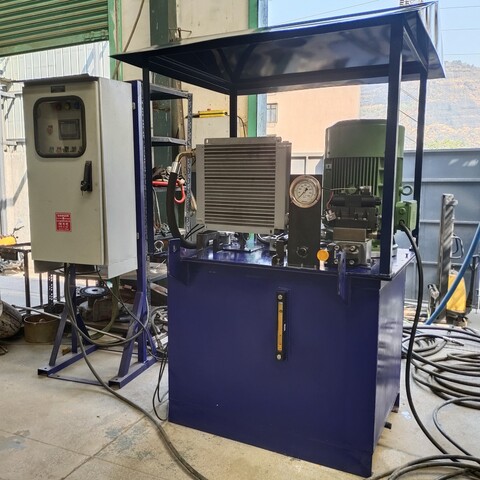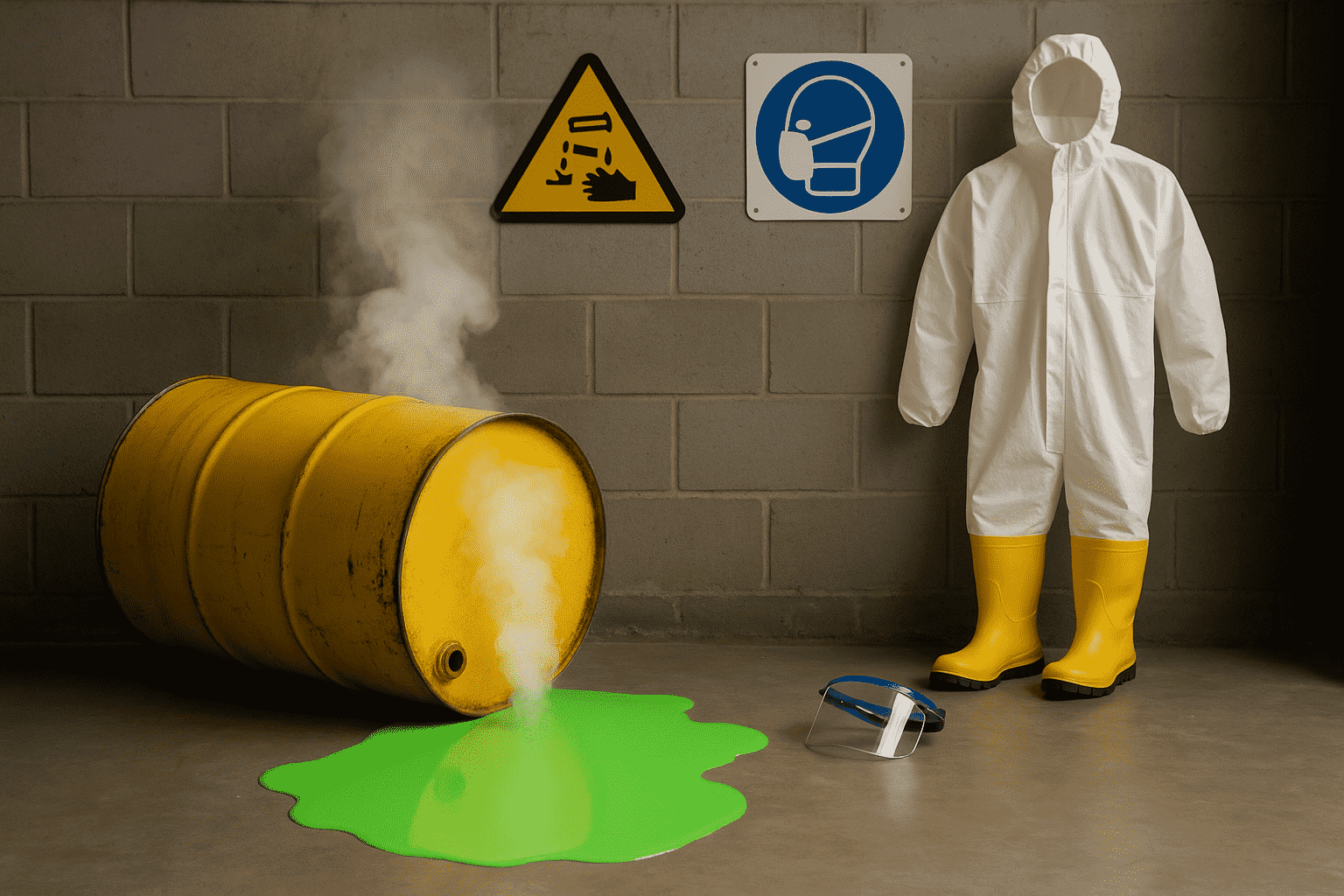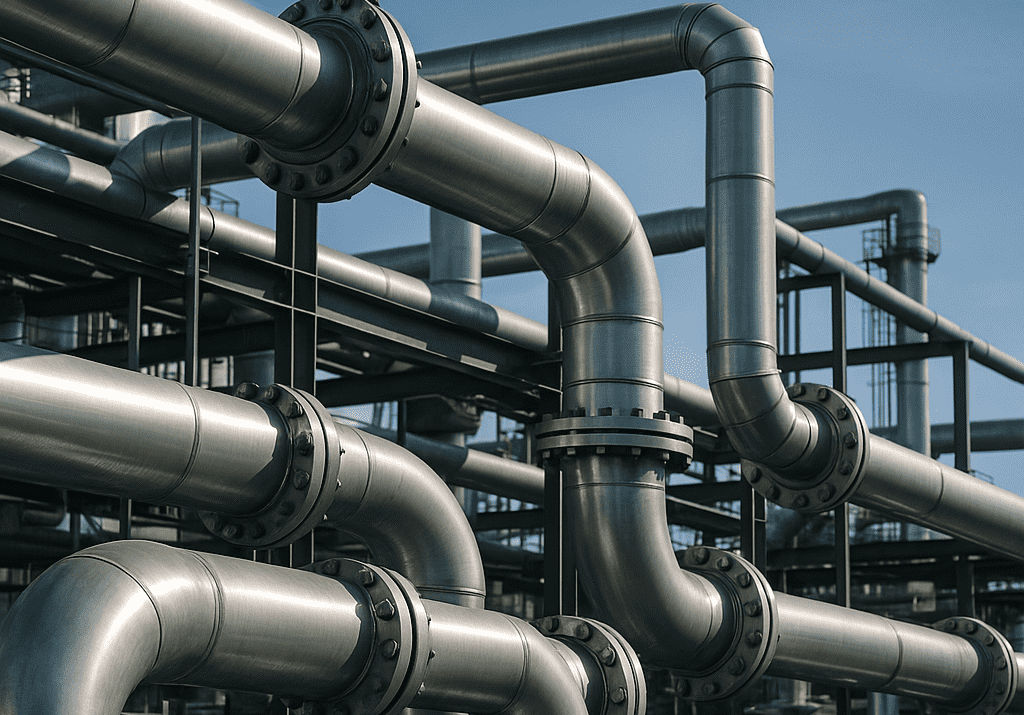The What, Why and How of a Hydraulic Power Unit, Explained

Hydraulics may seem to be complex and difficult to understand at the beginning. Hence, in this article we shall try to simplify hydraulics as we learn about a hydraulic power unit.
Basically, hydraulics is fluid mechanism. Hydraulics uses pressurized liquids to generate control and transmit power. The liquids used are oil, water, etc. A simple example of day-to-day hydraulics is a hydraulic jack to lift the car.
The hydraulics need a source of power to operate. The hydraulic power unit is the power house for a hydraulic system/machine. Typically, the prime mover of the hydraulic power unit is either an electric motor or diesel engine. The hydraulic power unit comprises of prime mover, hydraulic pump, a reservoir of fluid, pipework and hoses, valves and actuators. A combination these form the basics of a hydraulic system.
The above-mentioned components control the working of a hydraulic system. Each of these components have a role to play, which is:
• Reservoir of fluid: As the name indicates, it is a tank/compartment that holds the excess hydraulic fluid. The hydraulic fluid is sent to the hydraulic pump from the reservoir.
• Hydraulic pump: The hydraulic pump sends a flow of hydraulic fluid to the hydraulic motor/cylinder through the valves.
• Actuator: The actuator transforms hydraulic energy into mechanical work, with the help of a hydraulic motor for rotating movement and a hydraulic cylinder for linear movement. The motor/cylinder receives high-pressure fluid from the valves and actuates the movement.
• Valve and Filters: Valves are important as they transport the fluid around the system by controlling pressure, direction and flow. Whereas, filters ensure that the hydraulic fluid is free of contamination.
So, in a hydraulic power unit, the pump is driven by a power source to move the hydraulic fluid from the reservoir to the hydraulic pump. The fluid passes through various filters and valves which controls the flow rate and direction. The pump actuates movement which results in conversion of hydraulic energy into mechanical work.
We can summarize that hydraulic power units are integral to a hydraulic system. It converts mechanical energy into hydraulic energy by generating a flow of fluid within the system. The primary power source, fluid reservoir, actuator, valves are some the key components of a hydraulic power unit. A majority of these systems are self-contained. The hydraulic power units are used in oil skimmers, fork lift trucks, earth-movers, etc.
The Four Key Points for Selecting a Hydraulic Power Unit Are:
- 1. Define Requirements: which include pressure requirements, flow rate, power source, control options and size and portability.
- 2. Heat Dissipation: hydraulic systems generate a lot of heat during operations which can lead to decrease in efficiency and component failure. Heat is an important aspect to maintain fluid viscosity, prevent degradation of components and to ensure consistent performance. Heat dissipation can be achieved with the use of cooling fans or heat exchangers.
- 3. Material: material selection is important to ensure resistance to the pressure levels, temperatures, and contact with corrosive agents in the system.
- 4. Safety: The hydraulic power unit operations have potential risks. For example, in case the pressure rises too high, it can result in a blow up. Pressure relief valves, emergency shut-off, sensors and alarms are important safety features that ensure safety of the system and the operator. Component quality and testing procedure are also important aspects of safety.
A hydraulic power unit can be either a single-acting hydraulic power pack or double-acting hydraulic power unit. In a single-acting power unit, the fluid pressure is applied to one end, whereas a double-acting applies fluid pressure on both ends enabling extension and retraction.
If you are choosing a hydraulic power unit, make sure to consider the location/setting, amount of use, flow rate, motor power, working pressure, reservoir capacity, and hydraulic fluid type. Dive deep into each of the parameters to choose a right hydraulic power unit for your specific application.
Frequently Asked Questions
Q.1 What is a diesel engine driven hydraulic power pack?
A. A diesel engine driven hydraulic power pack is a system that combines a diesel engine with a hydraulic pump to generate hydraulic power for various machinery and equipment. It provides a portable and reliable power source, especially in remote or off-grid locations.
Q.2 What is a hydraulic driven submersible centrifugal pump?
A. A hydraulic driven submersible centrifugal pump is a type of pump that operates underwater using hydraulic power. It uses centrifugal force to move fluids efficiently and is often used in applications where electrical power sources are not practical.





